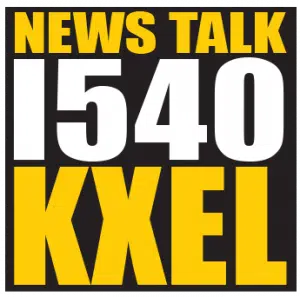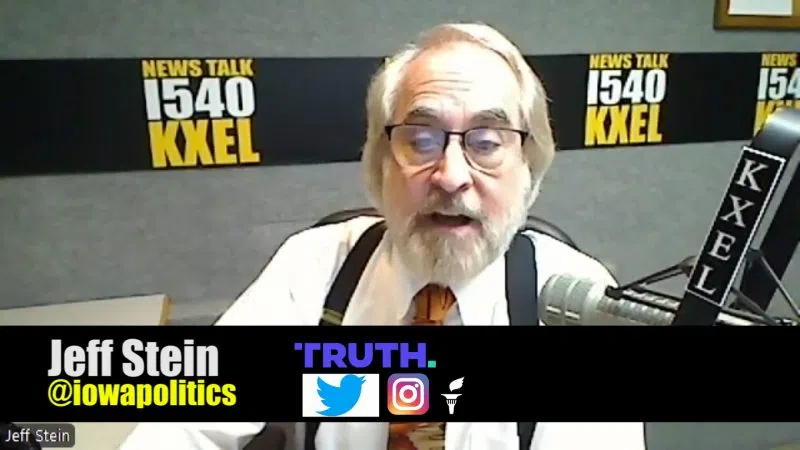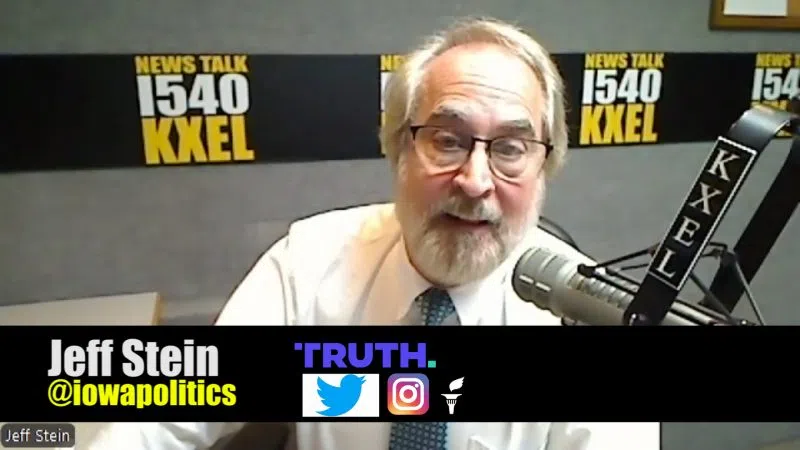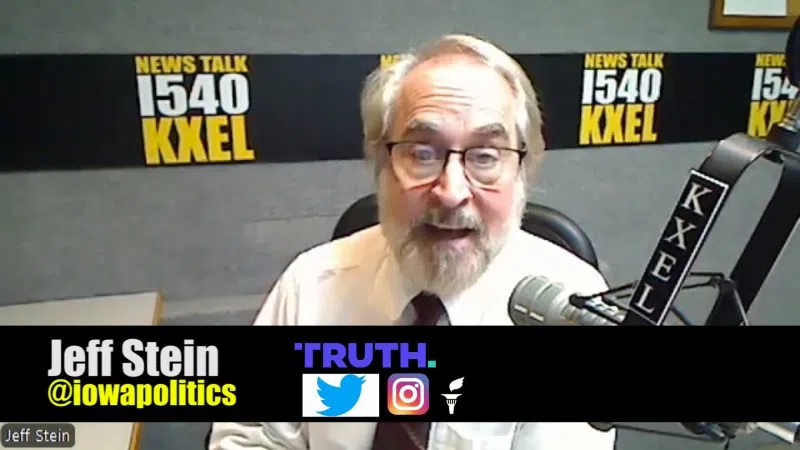(WASHINGTON) — Construction of an oil pipeline deep in America’s heartland has become one of the most contentious environmental battles in the country.
The thousand-mile long Line 3 pipeline transports Canadian tar sands oil — a high-emissions fossil fuel often described as the world’s dirtiest oil — through indigenous lands and waters, including the vulnerable headwaters of the Mississippi River.
The project has been the target of multiple court battles and a years-long massive civil disobedience campaign led by indigenous women in Minnesota, resulting in nearly 900 arrests, including dozens around the U.S. Capitol earlier this month.
“Seeing the expansion of Line 3 tar sands into sensitive wetlands while there is a massive drought is really jarring and it should be for any person who is worried about the climate,” Tara Houska, a tribal attorney who has fought the project for years and co-founded a Line 3 opposition group, told ABC News.
Enbridge, the Canadian corporation responsible for the pipeline, describes Line 3 as a safety-driven replacement of an aging line first put in during the 1960s.
“We made the decision that it would be better for us, better for society, better for the communities that the pipeline runs through to actually look at replacing that pipeline,” Enbridge Chief Communications Officer Mike Fernandez told ABC News.
However, many critics refer to the project as an expansion. More than one third of the new Line 3 follows an entirely new route and the new, wider pipe will roughly double the operating capacity of the old version, according to state documents.
Enbridge argues they are restoring the line’s historic capacity which has not been operational for more than a decade. The move comes after some leading scientists pushed for a moratorium on tar sands growth all together.
“Climate scientists say, ‘Leave the tar sands in the ground.’ Full stop,” said Laura Triplett, an environmental scientist with Gustavus Adolphus College who testified against Line 3 during the permitting process.
Oil began flowing through the controversial pipeline on Oct. 1, marking a long-sought victory for its corporate owner and a devastating defeat for its opponents, who had pleaded with the Biden administration to halt the project.
“I am appalled by the lack of action on something like this,” Houska said. “You can’t be the climate president when you’re allowing through one of the largest tar sands infrastructure projects in North America. That’s his climate legacy,” she said.
The White House declined to provide a representative to be interviewed for this report, and did not respond to a request for comment.
Biden and the tar sands
Canadian tar sands oil requires more emissions to extract and transport than conventional oil. It also results in more carbon emissions when burned, according to the Union of Concerned Scientists.
On the campaign trail, President Joe Biden described the Keystone XL pipeline as “tar sands that we don’t need — that in fact is very, very high pollutant.” He canceled Keystone XL shortly after taking office but has so far declined to intervene against Line 3, and his Department of Justice has defended the project in court.
“When I think about how much carbon is going to be emitted by this, I actually literally feel nauseous,” Triplett told ABC News.
Line 3 could emit between 35 and 193 million tons of CO2 annually, according to the project’s environmental impact statement — the latter being the equivalent of 45 new coal-fired power plants coming online or 38 million cars being added to the road, according to multiple independent scientists.
“If this pipeline is going to run and bring these tar sands oil to market, we have a much more even massive job to do, reducing emissions elsewhere,” Triplett said.
Enbridge argues that if the pipeline weren’t built, oil would have to get to market through even more carbon-intensive means such as truck or rail lines.
Triplett says there are road maps for how the U.S. can transition to a lower carbon emissions economy. “But none of those plans include building a brand new big pipeline to bring tar sands oil to market,” she said. “That’s not part of any transition. That’s terrifying.”
Dividing communities in its path
On the ground, the project has divided local indigenous communities in its path. Three tribes — the Red Lake Nation, the White Earth Nation and the Mille Lacs Band of Ojibwe — have opposed the project throughout and sued to halt construction. The tribes say the project violates their treaty rights and fear the pipeline will eventually leak, contaminating sacred waters and vital wild rice beds.
Two other local tribes — the Fond du Lac Band and Leech Lake Band — came to agreements with Enbridge to allow Line 3 to pass through their reservations. They also agreed not to oppose the project, in exchange for an undisclosed sum of money and promises of future infrastructure investments, according to local reports. As of May 2021, Enbridge says it has spent $250 million with Tribal nations, communities and contractors.
Enbridge’s agreement with the Leech Lake Band of Ojibwe included removing most of the old Line 3 pipeline from the reservation and building the new pipeline on lands to the south. Details of the agreement are not public, but the Bemidji Pioneer reported that Enbridge agreed to a broad commitment with the tribe to work on green energy projects.
The Leech Lake Band did not respond to ABC News’ request for comment.
In the case of the Fond du Lac Band — which originally opposed the project — leaders say the tribe was put in an difficult position after Minnesota authorities forced them to choose between allowing the pipeline to run along its existing route through the reservation or agreeing to a route south of the reservation that would still cut through treaty territory, where tribal citizens hunt, fish and gather.
“There is no perfect outcome here,” tribal council Chair Kevin Dupuis Sr. told MPR News at the time of the deal. “All remaining options threaten the environment for all, and livelihood of the Indigenous people of Minnesota.”
Fond du Lac member Rob Abramowski, who grew up on the reservation and has worked on Enbridge projects for years, including Line 3, welcomed the project.
“Enbridge went out of their way to encourage Native people to work on the pipeline,” said Abramowski, who is one of the 500 Native Americans out the roughly 4,000 temporary workers Enbridge hired to construct Line 3, according to the company.
Abramowski says the jobs are more than just temporary. “Because of the experience that they’re gaining here today, they can carry that as far as they want,” he told ABC News. Abramowski believes the new pipeline will be safer and less likely to spill, but most important to him is that his tribe appears to now have a seat at the table.
“The major part is that my reservation leaders have a say in what happens here, not only today, but in the future,” he said.
Other Fond du Lac members see it differently.
“The Fond du Lac Band cannot speak for all of the other Anishinaabe Nations,” Taysha Martineau, a fellow Fond Du Lac member and prominent Line 3 opponent told ABC News.
“When they approved Line 3, and they started construction, they took away the voice of the wider nation,” Martineau said.
The Fond du Lac Band Tribal Business Council declined ABC News’ request for an interview and did not respond to a request for comment.
Houska, who comes from a small town in Northern Minnesota, co-founded one of the groups most known for conducting direct actions: Camp Namewag. A former intern at the Obama White House and later Native American Affairs Adviser to the Bernie Sanders campaign, Houska says she’s “participated in the process as much as anyone.”
“What I observed over time was a process that was so incremental in its approach, that was incredibly inefficient in addressing existential problems like a habitable planet to live on,” she said.
Spills, past and present
Enbridge pipelines have resulted in two of the largest inland oil spills in American history. In 2010, an Enbridge pipeline dumped nearly 1 million gallons of tar sands oil into a tributary of the Kalamazoo River in Michigan, as Enbridge pipeline controllers ignored repeated leak warnings for 17 hours before shutting down the pipeline, according to the National Transportation Safety Board.
Enbridge CCO Mike Fernandez says the company spent $5 million cleaning up the spill and learned valuable lessons that resulted in hiring and training more staff. “It was a big wake-up call for us as a company,” he said.
However, incidents during the construction of Line 3 have opponents feeling less than optimistic. Minnesota authorities have reported 28 known drilling fluid spills during construction, including a spill at the headwaters of the Mississippi. Enbridge was also fined $3.3 million for illegally piercing an aquifer in January, which resulted in the loss of at least 24 million gallons of water.
“We were drilling, we found the problem. We took the problem to the State Department of Natural Resources,” Fernandez told ABC News. “They assessed a fine and we are going to pay it.”
Despite the project coming online this month, opposition groups have vowed to continue to fight Line 3, saying that their efforts have forced the fossil fuel industry to expect heightened resistance in the years to come.
“They know that we are a threat to their bottom line. And that Indigenous resistance and all of the people who feel inspired by that resistance is very threatening,” Houska said.
“I think we’re that stubborn thorn that just won’t go away. I mean, I think it’s pretty reflective of native people generally,” she said. “We underwent genocide, then cultural genocide, then displacement or removal. We’re still here after all that. And we aren’t going away.”
Copyright © 2021, ABC Audio. All rights reserved.













